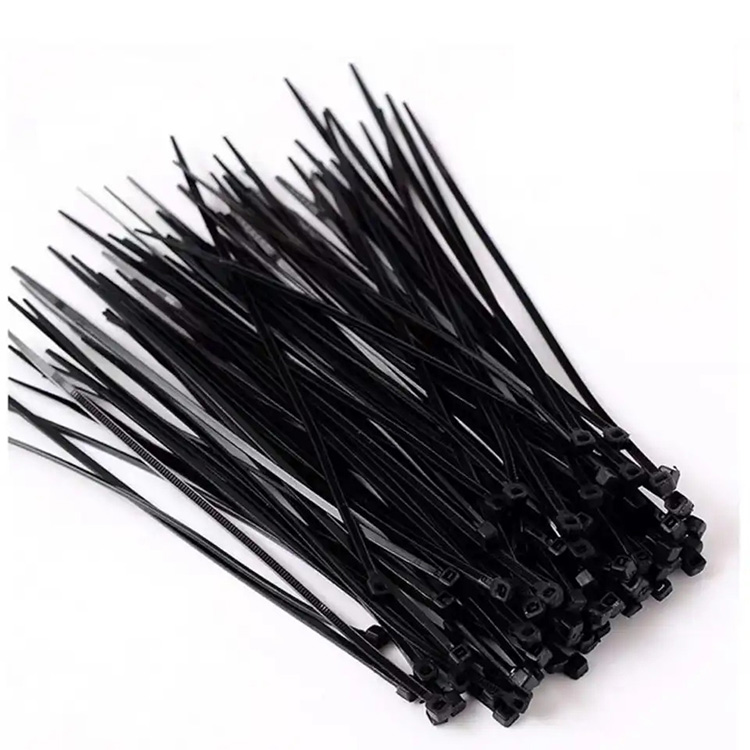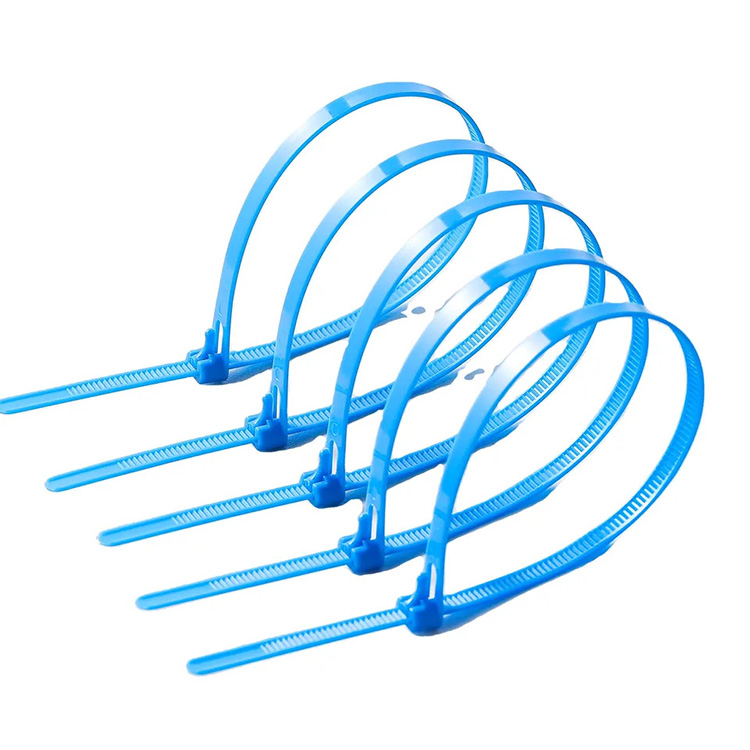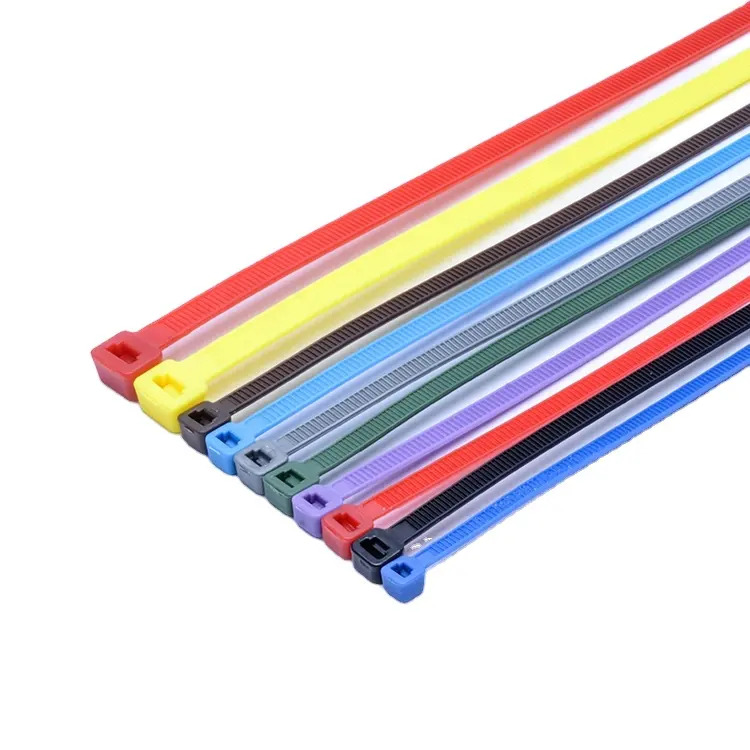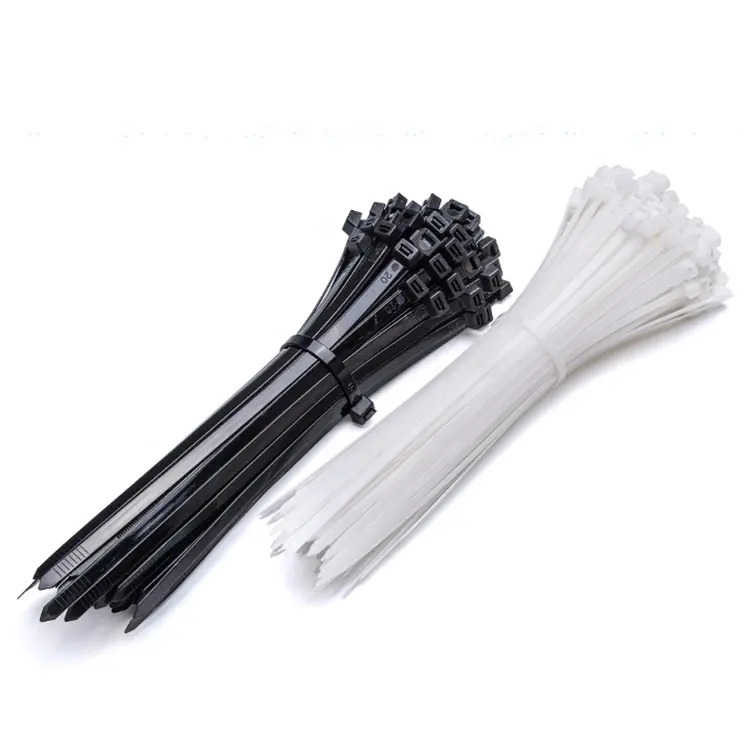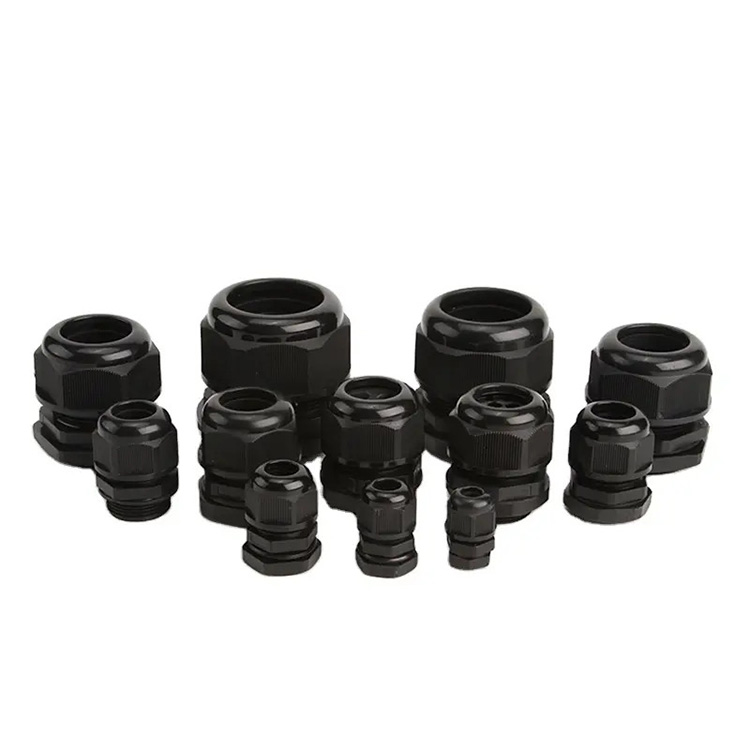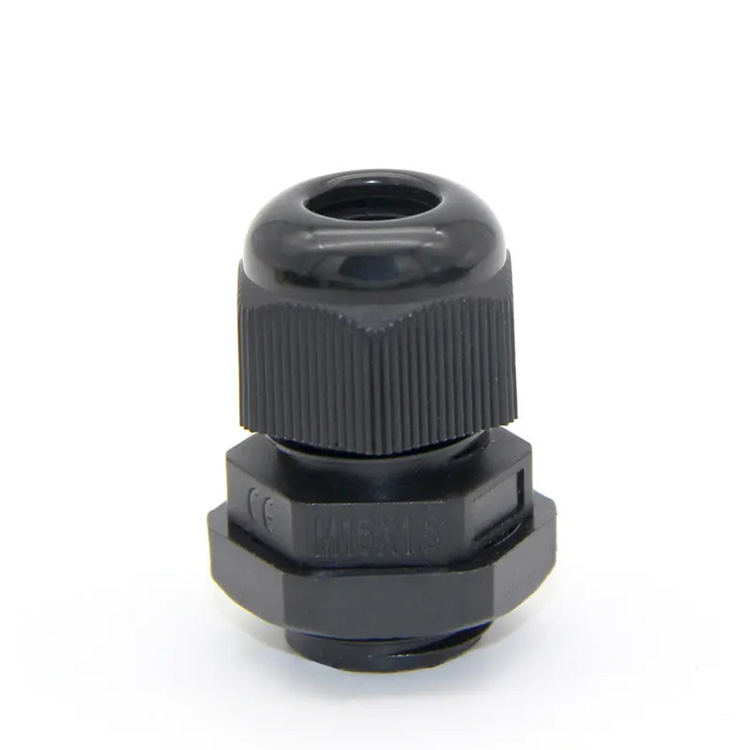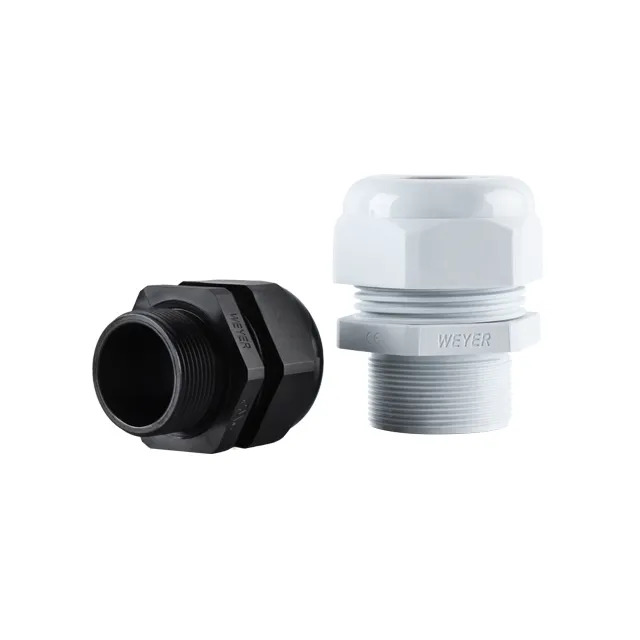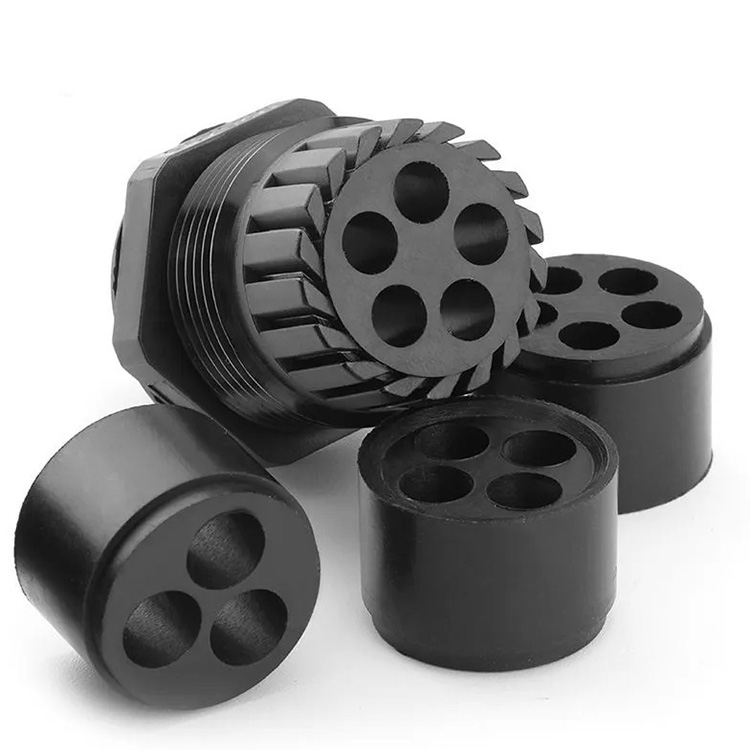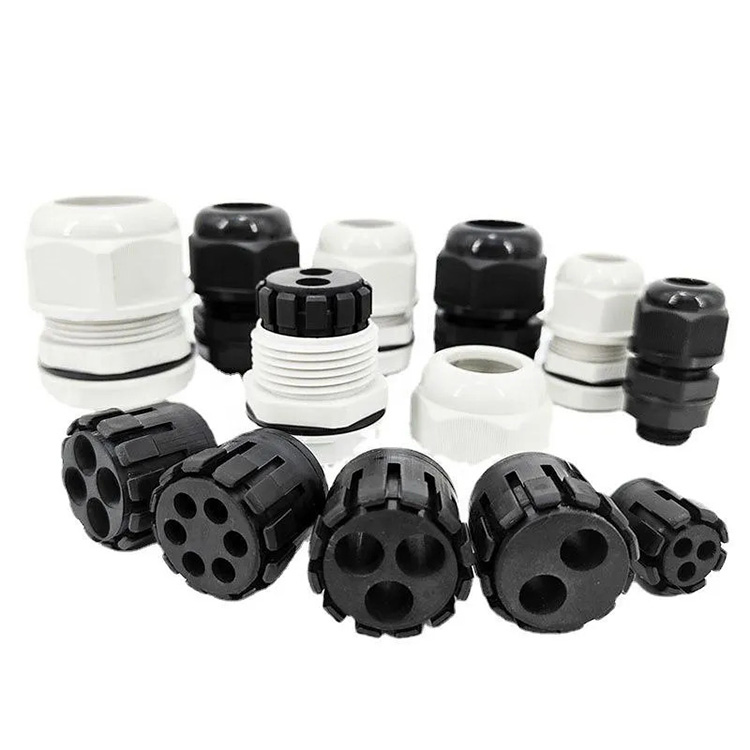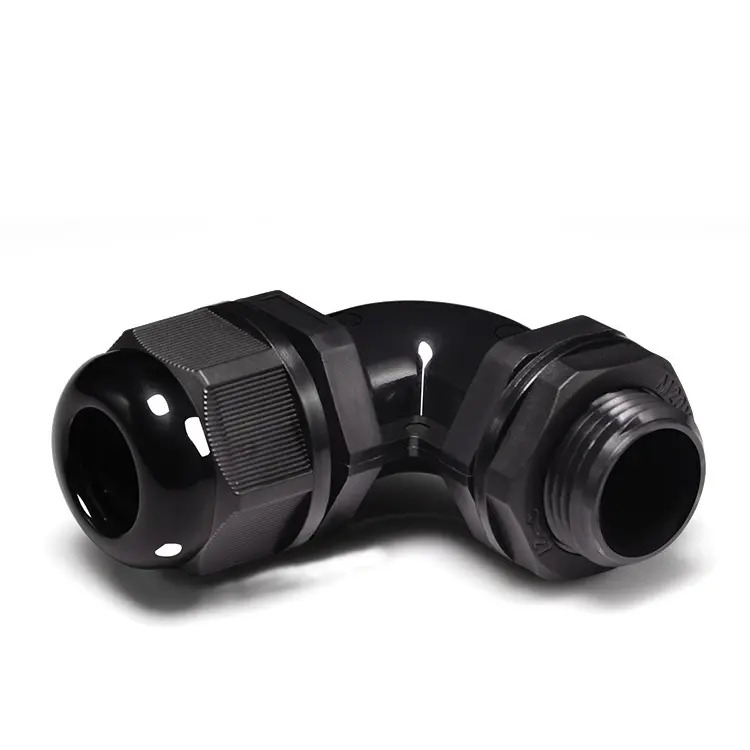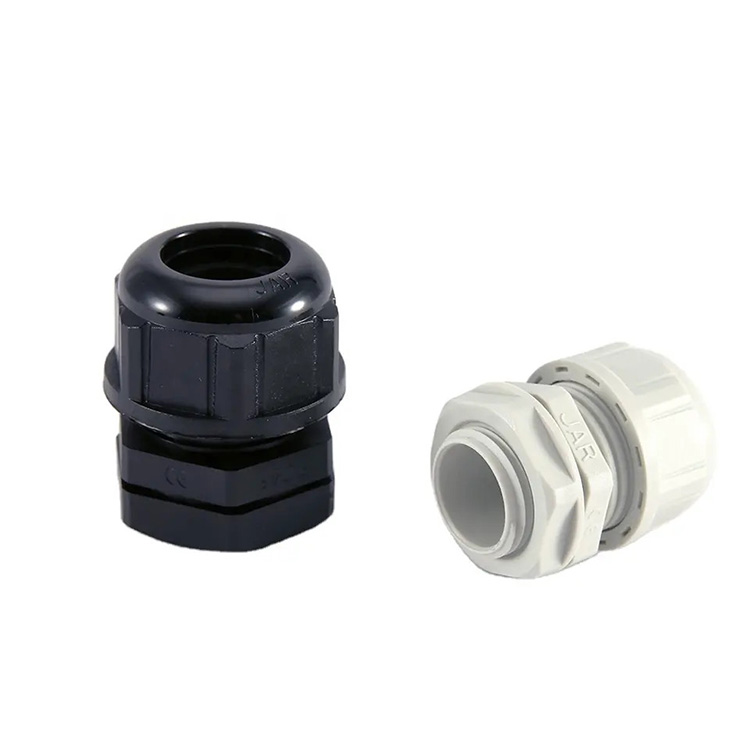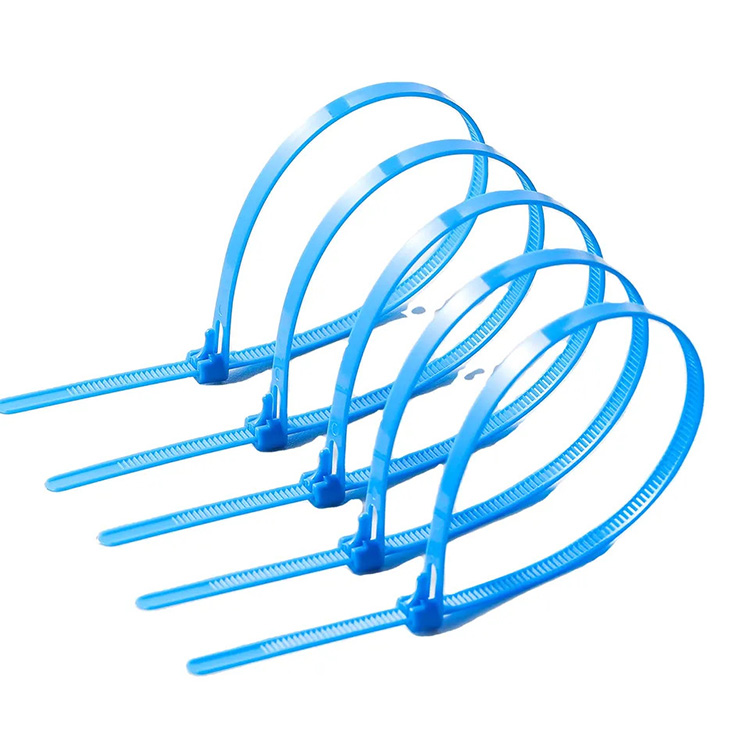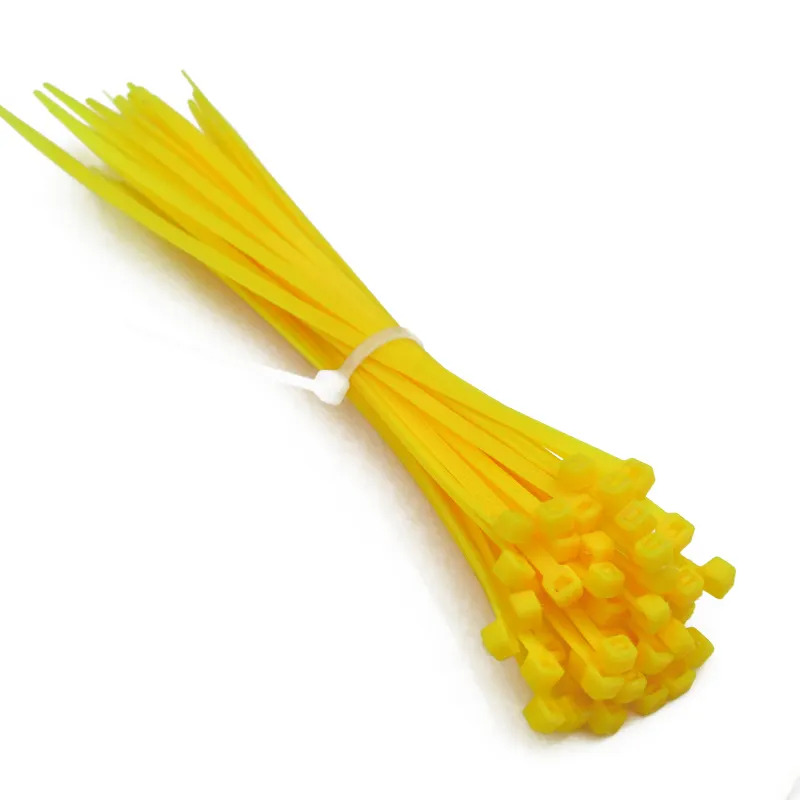Metric Nylon Cable Gland
A China YAGE metric nylon cable gland is a type of cable gland that follows the metric thread standard. Metric threads are commonly used in many countries worldwide, including Europe, and they are specified by their thread pitch and diameter.
Send Inquiry
A YAGE metric nylon cable gland is designed to provide a secure and watertight seal for cables as they pass through enclosures or panels with metric threaded holes. It offers reliable cable management and protection against environmental factors such as moisture, dust, and other contaminants.
The main features of a metric nylon cable gland include:
Metric Thread Size: Metric cable glands come in various thread sizes, such as M16, M20, M25, M32, M40, and so on. The size of the cable gland corresponds to the outer diameter of the threaded hole it is designed to fit.
Locknut: A locknut is used to secure the cable gland to the equipment or panel, ensuring a tight and secure fit.
Sealing Ring: Metric cable glands are equipped with a sealing ring, typically made of rubber or synthetic material, that creates a watertight or dust-tight seal around the cable, preventing the ingress of moisture, dust, or other contaminants.
Compression Nut: The compression nut is used to secure the cable within the gland, providing strain relief and maintaining a tight seal.
Metric nylon cable glands are commonly made from high-quality nylon material, which offers durability, corrosion resistance, and a high degree of insulation. They are lightweight, cost-effective, and suitable for a variety of applications.
To install a metric nylon cable gland, the following steps are typically followed:
Identify the metric threaded hole in the enclosure or panel where the cable gland will be installed.
Insert the cable through the hole, leaving enough length for proper termination inside the enclosure.
Slide the sealing ring onto the cable, followed by the compression nut.
Insert the cable into the body of the cable gland until the sealing ring is positioned just outside the enclosure or panel.
Tighten the compression nut onto the body of the cable gland, compressing the sealing ring and securing the cable in place.
Finally, secure the cable gland to the equipment or panel using the locknut, ensuring a firm and secure connection.
Metric nylon cable glands are widely used in various industries, including electrical, telecommunications, automation, and manufacturing, where reliable cable sealing and protection are required. They provide an effective solution for cable management, ensuring the integrity of electrical connections in different environments.























